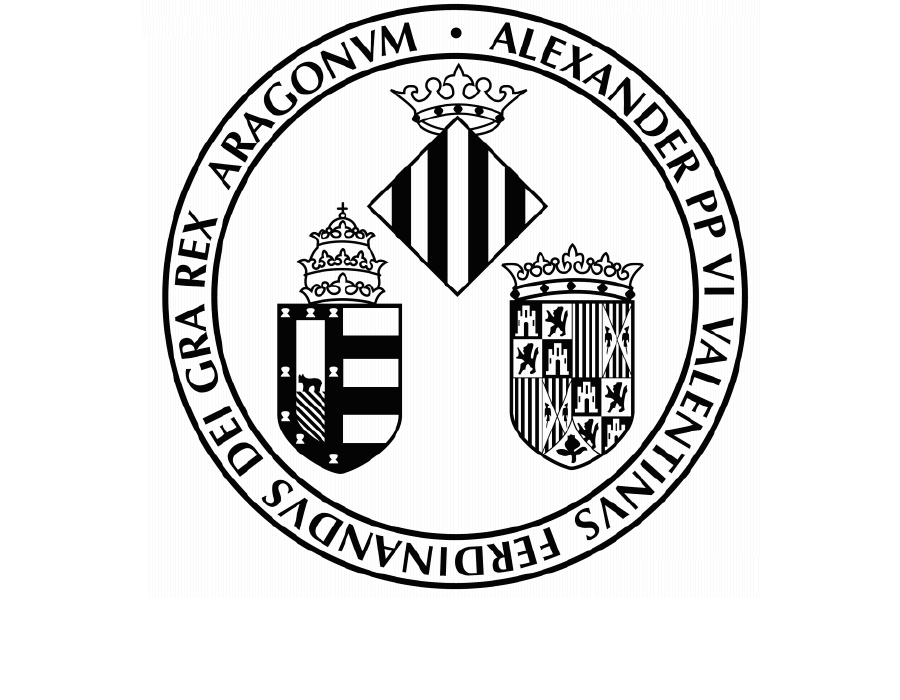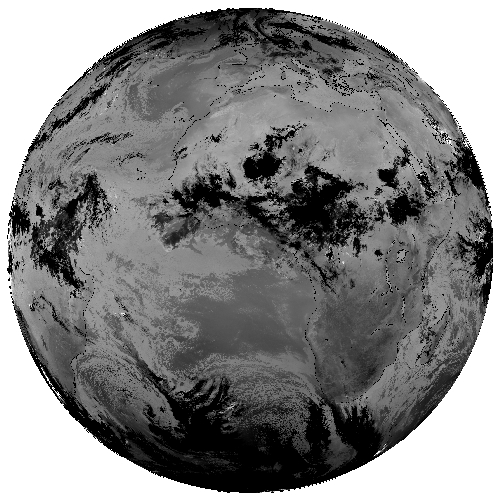The Global Change Unit
The Global Change Unit (GCU) is a Reseach group of the University of Valencia since 1996, established on the initiative of its current director José A. Sobrino, professor of Earth Physics.
The Global Change Unit focuses its research on changes that happen on our planet, which are analyzed through Remote Sensing Satellites and Digital Treatment support. The aim of our research group is to develop operative algorithms to estimate different biophysical parameters (Land Surface Temperature, Sea Surface Temperature, surface emissivity, ground albedo, thermal inertia, evapotranspiration, radiation, atmospheric water vapor content, among others) as well as to study their evolution throughout the years. All of this is based on remote sensors localized on satellites platforms (AVHRR, TM, AATSR, MODIS; SEVIRI, METOP, ASTER, S2, VIIRS) and airborne sensors (DAIS, AHS, etc).
In addition, the GCU also organizes and carries out field campaigns to characterize these parameters using Radiometers, thermal cameras, etc. Moreover, we operate several ground stations around Spain to calibrate and/or validate such biophysical parameters.
MSG antenna
The Global Change Unit manages an image reception system for MSG-SEVIRI satellite since 2007. This station was acquired from the UK company DARTCOM thanks to the concession of an infrastructure project by the Interministerial Commission of Science and Technology (CICYT), the public body of the government of Spain that directs the Spanish scientific and technological policy.
The system consists of a 1.35m satellite dish and a PC where a TBS 6925 card is installed for decoding the data received from the SEVIRI-MSG sensor encoded in the EUMETCast DVB-S2 system. After decompressing the SEVIRI High Rate Information Transmission (HRIT) data files, these data are stored using dedicated storage servers from DELL capable of managing a total of 72 TB of data.
This sensor acquires data in 3 channels dedicated to visible and near-infrared, centered at 0.6, 0.8 and 1.6 μm, 8 channels for the infrared, centered at 3.9, 6.2, 7.3, 8.7, 9.7, 10.8, 12.0 and 13.4 μm, and finally a broad band (0.5 to 0.9 μm) in the visible, called High-Resolution Visible (HRV) channel. Its spatial resolution at nadir is 1 km by 1 km for the High-Resolution Visible channel (HRV) and 3 km by 3 km for the other channels. Its temporal resolution is 15 minutes.


